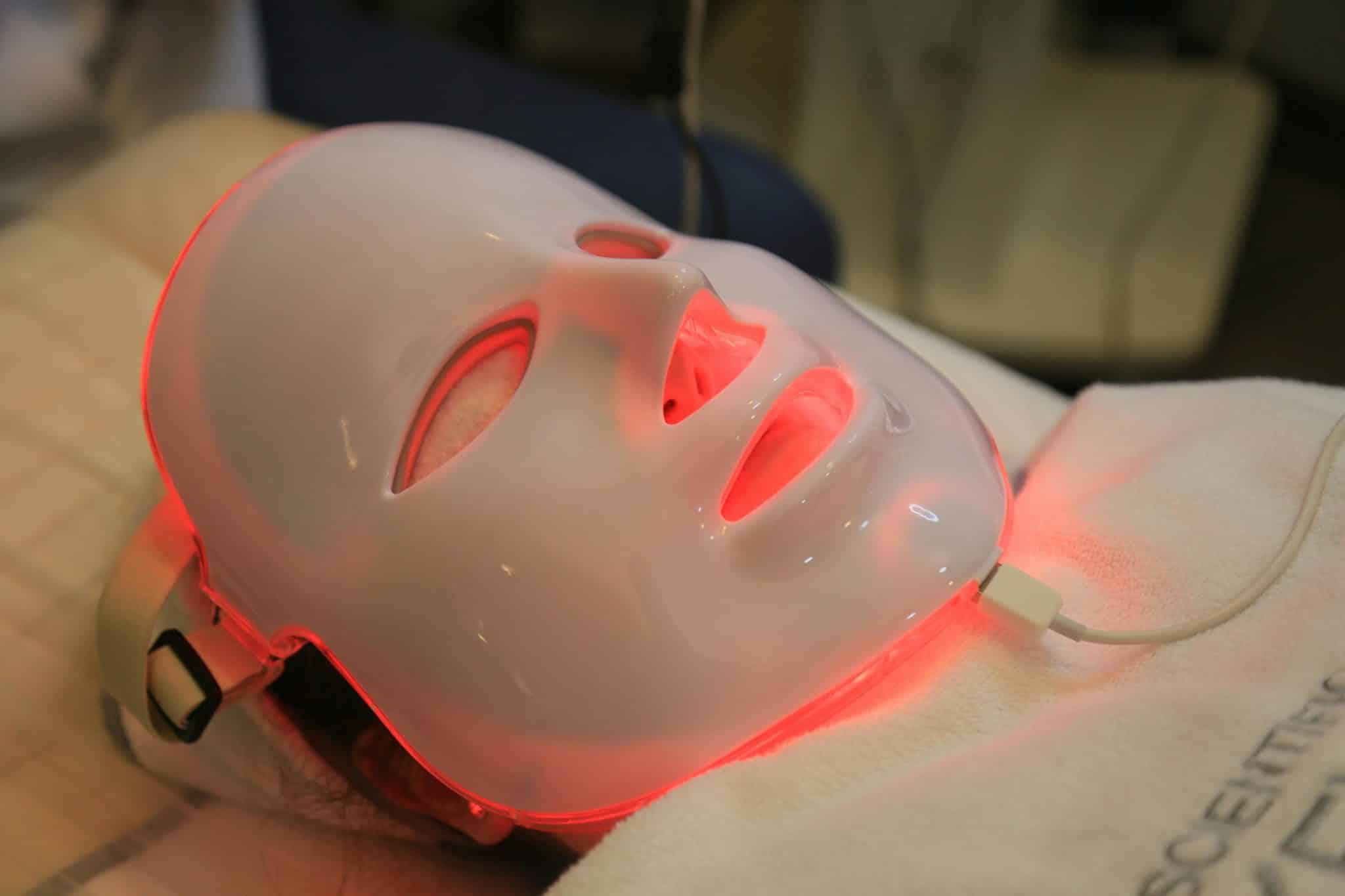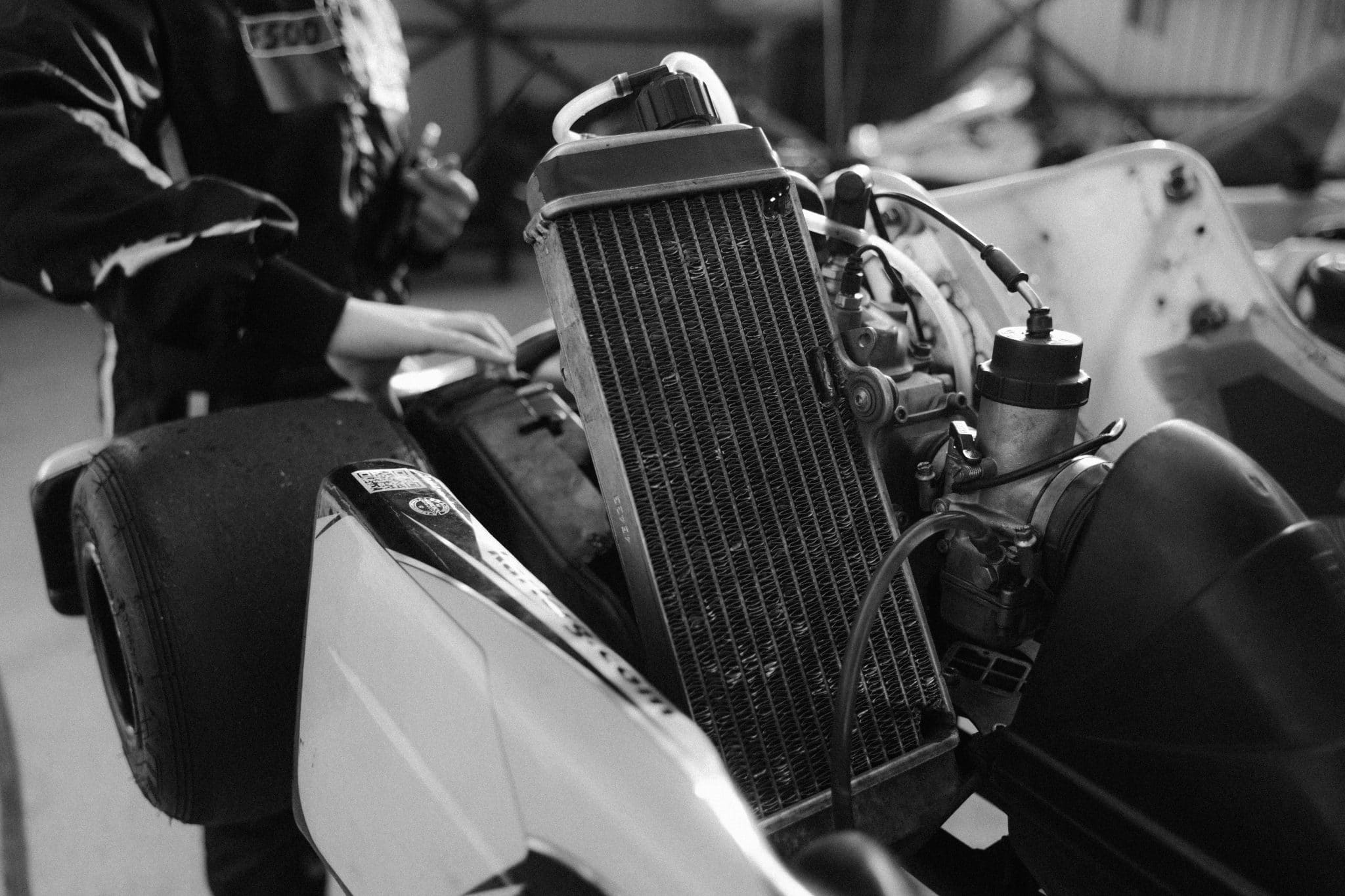Red light therapy has gained momentum in the skincare industry. Many at-home users are exploring this technique for reducing the appearance of fine lines, pimples, and dark circles. The growing popularity of red light therapy face masks reflects a demand for non-invasive beauty tools that work with skin, not against it. These devices utilize low-level light wavelengths to stimulate cellular repair and promote healthy collagen production.
Before investing in a device, it’s smart to understand how it works and what to expect. The right product, like the one offered by brands Solawave, can be a game-changer. The wrong one might end up collecting dust in a drawer. To help you choose the best one, here are three key considerations to keep in mind before purchasing a red light face mask.
Know What Red Light Therapy Actually Does
Red light therapy uses wavelengths typically between 630 to 850 nanometers. These wavelengths penetrate the skin at varying depths to stimulate natural cellular functions. Most notably, red light energizes mitochondria, encouraging better skin repair and new cell growth. This process supports healthy collagen, improves circulation, and helps treat inflammation.
Regular use of a red light therapy mask may help in reducing the appearance of fine lines, smoothing out the appearance of wrinkles, relieving acne, brightening the appearance of dark circles, rejuvenating skin, depuffing skin, energizing skin, and reducing the appearance of pimples. It’s important to manage expectations. Results are often gradual, not instant. A red light mask used a few times a week can make a visible difference, but consistent use matters.
Pay Attention to Wavelengths and Power Levels
Not all masks are created equal. The effectiveness of red light therapy depends on the wavelength and the energy output of the LEDs. For facial skin, wavelengths in the 630 to 660 nm range are usually the most effective.
Near-infrared light, which ranges from 810 to 850 nm, penetrates even deeper and can be beneficial for muscle recovery and deeper tissue issues. Power output, measured in milliwatts per square centimeter (mW/cm²), also plays a big role. Too low, and the mask may not be effective.
Too high, and it could cause irritation. Look for a product that offers a safe and balanced output. Trusted brands often list these specifications clearly. Most reputable brands include a 660 nm red light wavelength in their products, making it effective for surface-level skin treatment. When evaluating a full-face mask, ensure the specifications align with these standards.
Consider Fit, Comfort, and Design
The best red light therapy mask is one that will actually be worn. Some devices are stiff or heavy, which can make sessions uncomfortable. Others may not sit flush against the skin, reducing the effectiveness of the light. Check for flexible materials and adjustable straps. A good design will cover the entire face, including areas such as the jawline and forehead, without being too tight or slipping.
Ventilation and light-blocking features around the eyes are also beneficial for comfort and safety. Additionally, battery life and cord length can impact how and where the mask is used. A lightweight, cordless design is often easier to use regularly, especially during multitasking.
Choosing a red light face mask involves more than just picking the most expensive or best-reviewed option. Understanding the science, checking specifications, and assessing comfort and safety features can make all the difference.
For those unsure where to start, it helps to look at brands like Solawave, which offer both handheld tools and guidance on how to integrate red light into a skincare routine. This light therapy face mask can be a great addition to a skincare routine, but only when used correctly and consistently.








